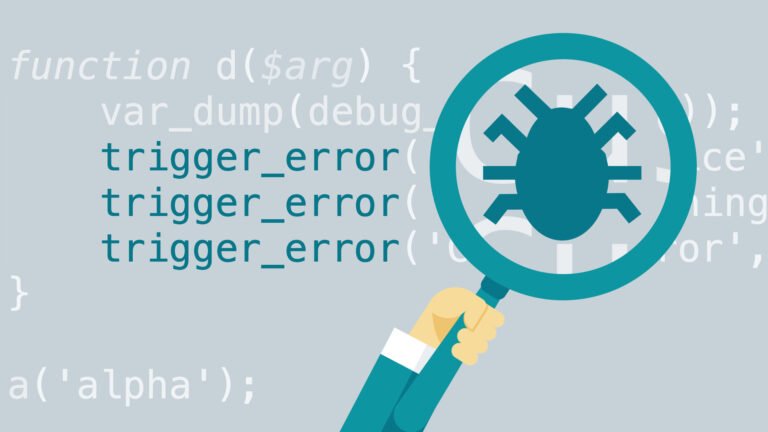Formal Verification vs Functional Verification: A Tale of Two Approaches
Formal verification and functional verification are two complementary approaches to ASIC verification. Formal verification uses mathematical methods to prove that a design meets its specifications, while functional verification uses simulations to test the design against a variety of scenarios.
Formal verification is more rigorous and can find bugs that functional verification may miss, but it can also be more complex and time-consuming. Functional verification is more flexible and can be used to test a wider range of scenarios, but it cannot provide the same level of assurance as formal verification.
What is Formal Verification?
Formal verification is a method of verifying the correctness of a design using mathematical proofs. It involves creating a formal model of the design and then using mathematical reasoning to prove that the model satisfies its specifications. Formal verification can be used to verify a variety of properties, such as safety properties (e.g., the design cannot enter a deadlock state) and liveness properties (e.g., the design will eventually reach a desired state).
What is Functional Verification?
Functional verification is a method of verifying the correctness of a design by simulating it and checking its behavior against its specifications. It involves creating a test bench that generates input stimuli to the design and then checking the design’s outputs to ensure that they are as expected. Functional verification can be used to test a wide range of scenarios, including normal operation, corner cases, and error conditions.
Formal Verification vs Functional Verification: Key Differences
The following table summarizes the key differences between formal verification and functional verification:
| Characteristic | Formal Verification | Functional Verification |
|---|---|---|
| Approach | Mathematical proofs | Simulations |
| Rigor | More rigorous | Less rigorous |
| Completeness | Can explore all possible states and transitions of the design | Cannot explore all possible states and transitions of the design |
| Flexibility | Less flexible | More flexible |
| Time and effort | More time-consuming and complex | Less time-consuming and less complex |
Significance and Use Cases of Formal Verification
Formal verification is a powerful tool that can be used to improve the quality and reliability of ASIC designs. It is particularly useful for verifying complex designs, such as those used in safety-critical applications. Formal verification can also be used to verify designs that are difficult to test using functional verification, such as designs with a large number of states or transitions.
Here are some specific use cases of formal verification:
- Verifying safety properties, such as the design cannot enter a deadlock state or the design cannot violate a security constraint.
- Verifying liveness properties, such as the design will eventually reach a desired state or the design will always respond to a request within a certain amount of time.
- Verifying the equivalence of two designs, such as a hardware design and its software implementation.
- Verifying the correctness of a design optimization.
- Verifying the correctness of a design change.
Conclusion
Formal verification and functional verification are two complementary approaches to ASIC verification. Formal verification is more rigorous and can find bugs that functional verification may miss, but it can also be more complex and time-consuming. Functional verification is more flexible and can be used to test a wider range of scenarios, but it cannot provide the same level of assurance as formal verification.





